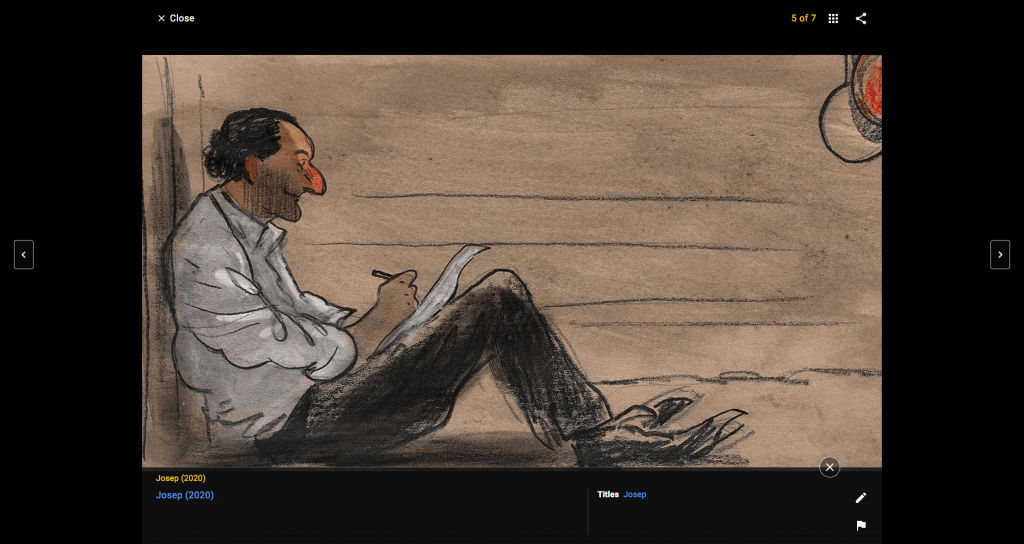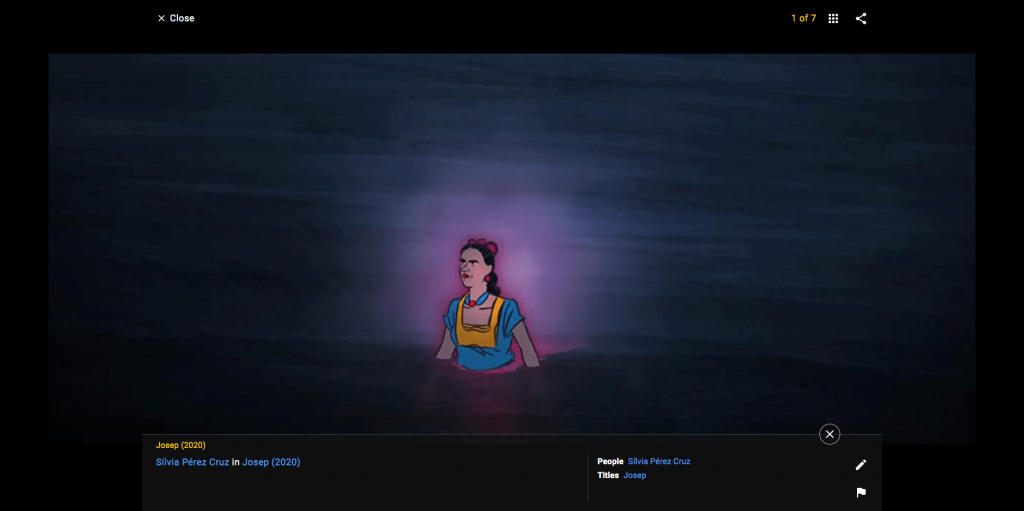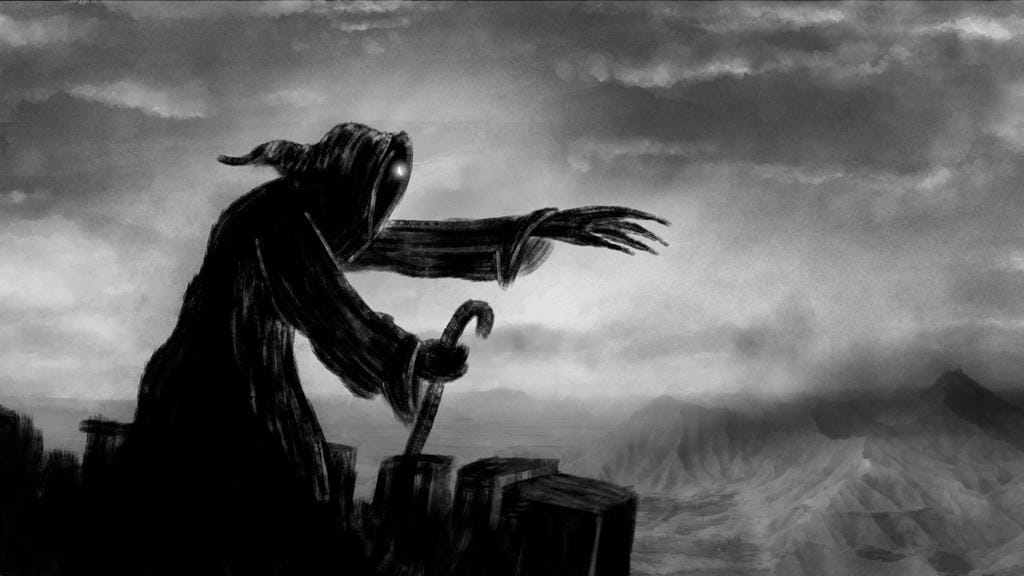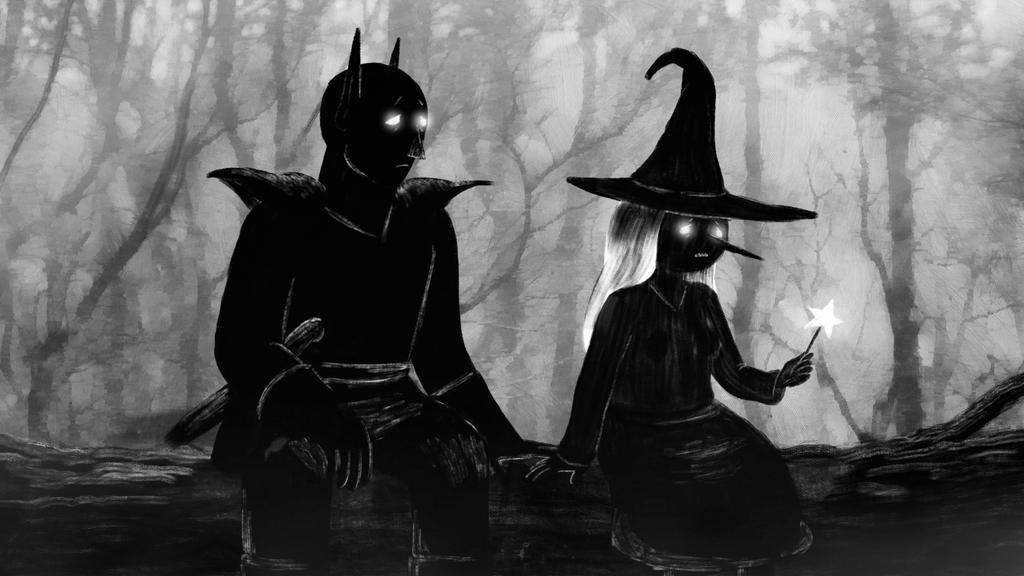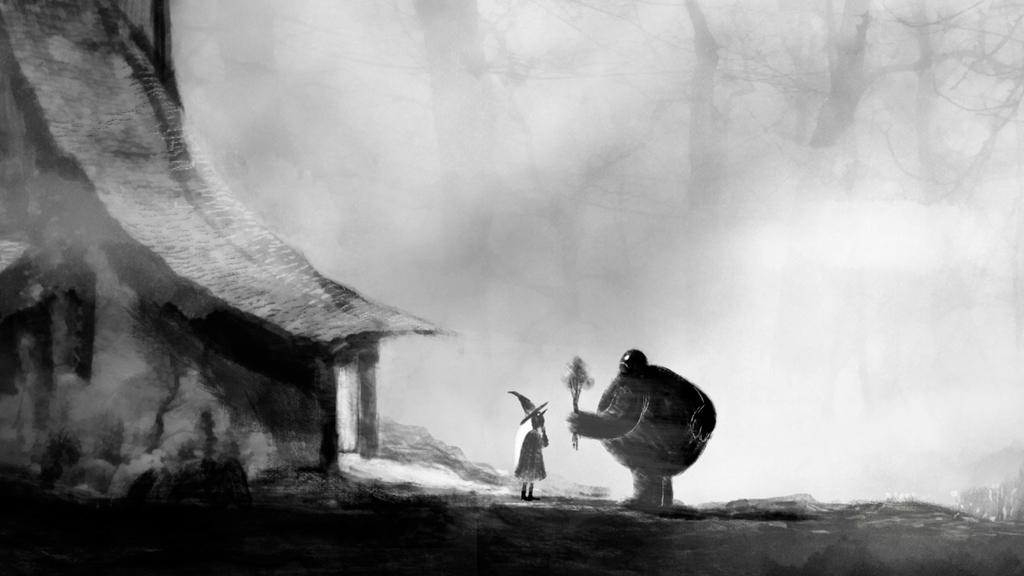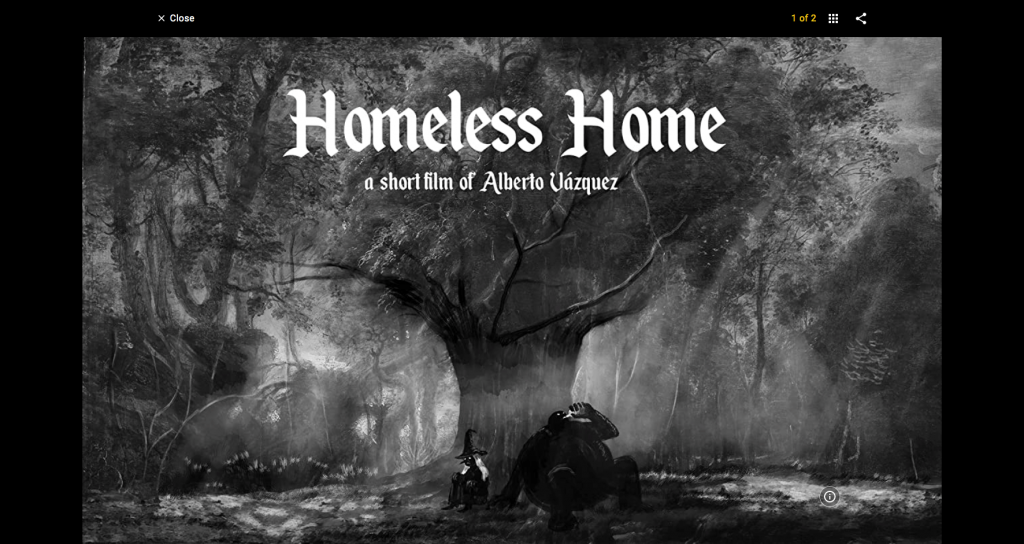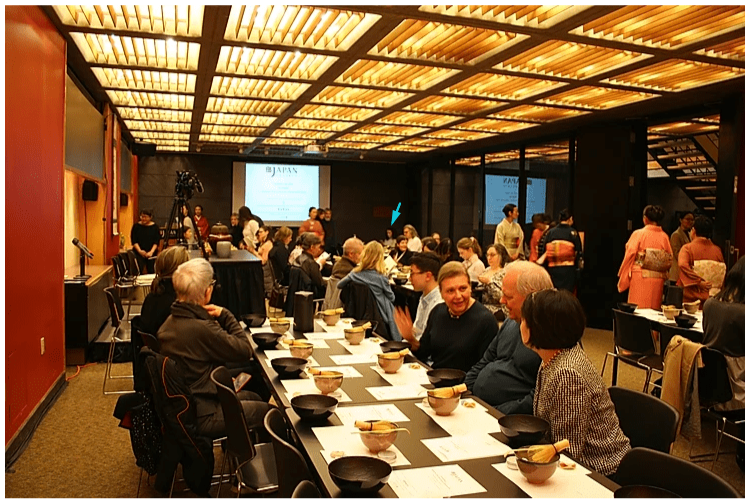From January 12-25, 2022, The Jewish Museum and Film at Lincoln Center are delighted to continue their partnership to bring you the 31st annual New York Jewish Film Festival, presenting films from around the world that explore the Jewish experience.
Thanks to the magic of the internet, I got to attend this festival online for the first time. Thanks to work schedules and whatnot, I only watched 3 films. Despite my love of film festivals, yet limited film viewing, I was quite impressed with how many films, and even TV shows, there were to experience.
One thing I neglected to do was watch and pay attention to all of the Q&As. Usually Q&As follow film screenings, when they’re held in person, so all you have to do is remain in your seat. This time, I was just happy I was able to make time to watch the films.
Anyway, here are the 3 films I watched, in the order I watched them, plus some additional thoughts and details about the films.
With No Land (2021)
In May 1991, 15,000 Ethiopian Jews were airlifted to Israel in less than 24 hours’ time. Known as Operation Solomon, this covert mission coordinated by the Israeli military saw the birth of eight babies en route and set the world record for the most passengers on a single aircraft. History regards the endeavor as an unqualified triumph, but 30 years later, the full story is being told. Aalam-Warqe and Kobi Davidian delve into the details that have been suppressed for all this time, and explore the desperate but motivated measures taken by Jewish Ethiopian activists in Israel, North America, and their country of origin. Archival footage and firsthand accounts of participants lend nuance to a story heretofore viewed as black and white, supplemented by accounts of recent efforts to finally relocate to Israel those whom Operation Solomon left behind.
- Directors: Aalam-Warqe Davidian, Kobi Davidian
- Languages: English, Amharic, Hebrew
- Film page: https://virtual.filmlinc.org/film/with-no-land/
I’m not sure I knew much about the history of these events prior to watching the film. Although the summary of the film is about the 1991 airlift, much of the film goes into events that happened prior to that — about the Ethiopian Jews who had been allowed into Israel earlier than 1991, how families were split up, how some were reunited — and how Israel refused to accept Ethiopians despite their religion.
There was also a historical account of the political and military situation within Ethiopia, and how other countries and NGOs explicitly or secretly cooperated with the plans to relocate Jewish Ethiopians. Some had fled to Sudan while others remaining in Ethiopia were stuck between two fighting contingents — which seem to have renewed their conflict recently, again, if it ever went away.
But a very interesting film and I’m glad I learned more about it. There is definitely more information about Operation Solomon to be found online.
Here’s a 5-minute video from the BBC:

Click through to watch the first-hand account from someone who, at age 11, was airlifted out of Ethiopia as part of Operation Solomon. The witness describes his experience, and also talks about issues of assimilation between his and his parents’ generation.
Cinema Sabaya (2021)
Nine women of divergent backgrounds enroll in a video production seminar that promises to teach the fundamentals of filmmaking. These residents of Hadera, Israel are Jewish and Arab, observant and secular, ensconced in all manner of domestic arrangements, with life spread out before some of them and regarded by others in hindsight. Strangers to one another (one of the Jewish attendees has never interacted with Arabs until now), the students share the common goal of self-expression through their cameras, with Tel Aviv–based filmmaker Rona (Dana Ivgy, acclaimed star of Or and Zero Motivation) supplying instruction. Orit Fouks Rotem casts her debut feature with a mix of seasoned and nonprofessional actors, all shooting their own footage and viewing their colleagues’ work for the first time on screen. Sparked by former workshop leader Rotem’s personal experiences, Cinema Sabaya presents a deft and never didactic portrait of art’s capacity to unite disparate communities.
Other Israeli Film Festival
(The official trailer is Unlisted on YouTube.)
- Director: Orit Fouks Rotem
- Languages: Hebrew, Arabic
- Film page: https://virtual.filmlinc.org/film/cinema-sabaya/
The description seems provocative, like maybe this will be a story about Arabs and Israelis. Instead, the story was much more about the lives of the women, how free they felt at expressing themselves, and the support they gave each other while revealing sensitive aspects of their lives.
For instance, one of the Israeli women seems at first grating and displays, maybe, this “toxic positivity” I’ve been reading about. She seems overly positive, very smiling…until she reveals that she hasn’t really interacted with an Arab person. She said, during the suicide bombings in Israel (before the wall), she crossed the street whenever she saw an Arab person. Later, during the course of sharing her filming assignments, it turns out her home life is not as positive as she appears to be. Her husband is withdrawn, likely suffering from PTSD. Her daughter doesn’t want to engage with her, and so forth.
Another woman tells the group she has had to move herself and her children back in with her mother after leaving her husband. Her dream is to buy an apartment. During one of her video assignments, it’s revealed that she and her kids are living in a single bedroom with all the stuff she was able to grab when she quickly left her husband. It’s a very crowded and cramped room, and clearly not a place where she or her children can thrive.
In another instance, a Muslim Arab woman, with 6 children, shares her dream of getting a driver’s license so that she doesn’t have to rely on her husband so much. Later in the film, the group role plays and acts out scenes where they pretend they’re confronting someone in their life about whatever dream they have. This woman plays herself and another woman plays her husband, and seems to accurately portray his dominant role in their marriage and her life. The Muslim Arab woman essentially gives up the argument when her partner declares, role-playing her husband, that he has decided she doesn’t need a license and he’s made up “his” mind. The rest of the group tries to encourage her to continue and just pretend, and to say what she feels even if she wouldn’t say it in real life. In a cathartic moment, she reveals that she regrets ever meeting her husband or marrying him at all. She reveals that she hates that he touches her, hinting at sexual aggression within the marriage. It’s clear she holds in her feelings of contempt for her husband. When the other woman tries to push her a little bit, to “give her courage”, the Muslim Arab loses her composure and attacks the woman by pushing her down, and then runs out of their community center. She disappears for the next few sessions, only to reappear on the day when they receive their completion certificates.
I felt it was a very interesting story about the motivations and, not spectacular, but plain dreams of women, and how their wants are withheld or thwarted often by the men in their lives or by expectations for women to support or be the center of the family.
Shtetlers (2020)
An invaluable record of tight-knit communities that endured genocide and shifting political regimes, Shtetlers offers a glimpse at the small Jewish towns (“shtetls”) dotting the former Soviet Union—towns where for many years Yiddish continued to be spoken and ancient rituals dutifully observed. Located on the fringes of the territory, in what are now Ukraine and Moldova, these villages that withstood the Holocaust managed to abide by supplying non-Jewish neighboring towns with goods and services. Director Katya Ustinova examines nine former shtetl inhabitants, now spread out across the world, and solicits their memories of a resilient but ultimately vanishing way of life. Ustinova’s documentary serves as an elegy for these once numerous strongholds of tradition and culture, but also, by archiving the recollections of those who experienced them firsthand, preserves them.
- Director: Katya Ustinova
- Languages: Russian, Ukranian, English, Yiddish
- Film page: https://virtual.filmlinc.org/film/shtetlers/
For this film, I did watch the Q&A, because I started writing this before the film expired for my account. And I got to hear a little more about the background of the film. Sadly, I learned everyone in the film has passed away, except for one person. (Most of the people were elderly and I believe it some of the footage goes back to 2015.)
On a positive note, the director revealed that there was Instagram account for the film, with additional animations and video not used in the film, so there’s more film to explore.
Ending Thoughts
As I mentioned above, it was my first time participating in this film festival. I think Film at Lincoln Center tends to host many types of film festivals, so I’ll try to pay more attention from now on.
There seemed to be something like 30 films, both online and in-person. The festival must have been fairly popular because many of the online films sold out or expired before I could watch them.
The line-up of online films seemed like a really nice mix. For instance, they had at least one option of short films (“Shorts”), which I often enjoy, but I didn’t watch any this time.
Anyway, definitely recommend watching any of the three films above, if the chance arises. In the meantime, I’ll take note for next year’s festival and onward to the next!



